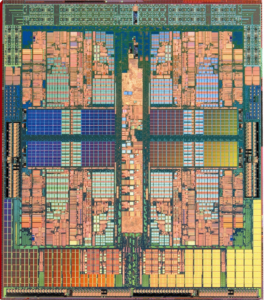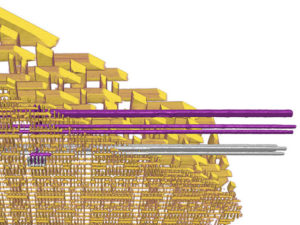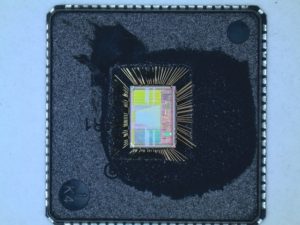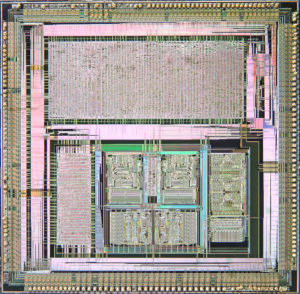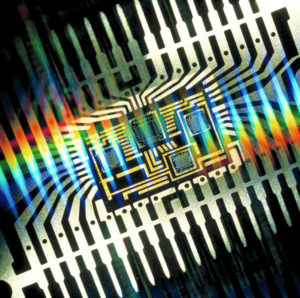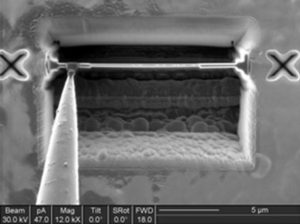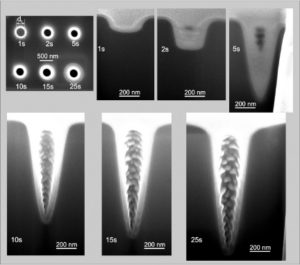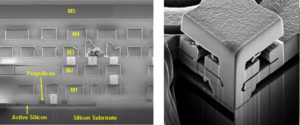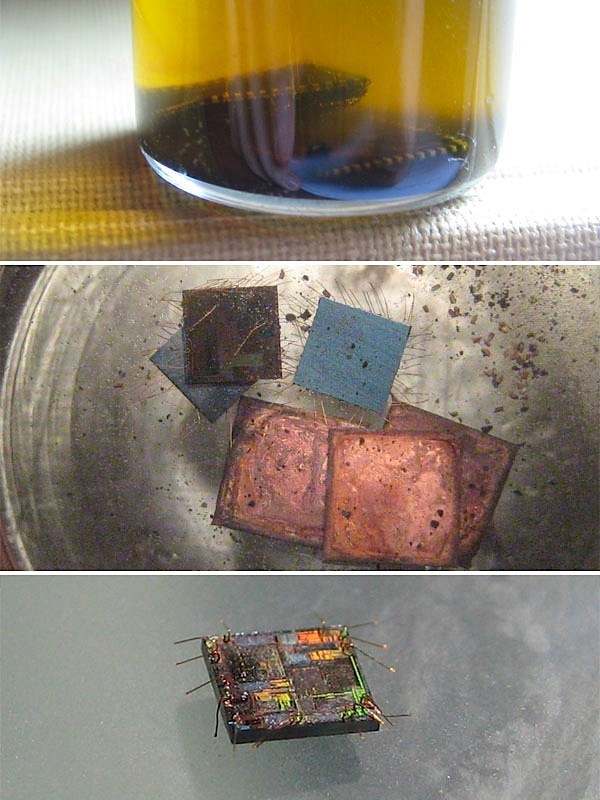Crack MCU dsPIC30F2012 Heximal
Crack MCU dsPIC30F2012 have to decapsulate the polysilicon package of the microcontroller, and extract the Heximal out from its embedded memory include flash and eeprom;
This section is an overview of the CPU architecture of the dsPIC30F. The core has a 24-bit instruction word:
The Program Counter (PC) is 23-bits wide with the Least Significant (LS) bit always clear (see Section 3.1). The Most Significant (MS) bit is ignored during normal program execution, except for certain specialized instructions. Thus, the PC can address up to 4M instruction words of user program space.
An instruction pre-fetch mechanism helps maintain throughput. Program loop constructs, free from loop count management overhead, are supported using the DO and REPEAT instructions, both of which are interruptible at any point.
The working register array consists of 16 x 16-bit registers, each of which can act as data, address or offset registers. One working register (W15) operates as a software stack pointer for interrupts and calls. The data space is 64 Kbytes (32K words) and is split into two blocks, referred to as X and Y data memory.
Each block has its own independent Address Generation Unit (AGU). Most instructions operate solely through the X memory, AGU, which provides the appearance of a single unified data space. The Multiply-Accumulate (MAC) class of dual source DSP instructions operate through both the X and Y AGUs, splitting the data address space into two parts (see Section 3.2). The X and Y data space boundary is device specific and cannot be altered by the user.
Each data word consists of 2 bytes, and most instructions can address data either as words or bytes. Two ways to access data in program memory are:
· The upper 32 Kbytes of data space memory can be mapped into the lower half (user space) of program space at any 16K program word boundary, defined by the 8-bit Program Space Visibility Page (PSVPAG) register. Thus any instruction can access program space as if it were data space, with a limitation that the access requires an additional cycle. Only the lower 16 bits of each instruction word can be accessed using this method.
· Linear indirect access of 32K word pages within program space is also possible using any working register, via table read and write instructions. Table read and write instructions can be used to access all 24 bits of an instruction word. Overhead-free circular buffers (modulo addressing) are supported in both X and Y address spaces.
This is primarily intended to remove the loop overhead for DSP algorithms. The X AGU also supports bit-reversed addressing on destination effective addresses to greatly simplify input or output data reordering for radix-2 FFT algorithms.
Tags: crack mcu binary archive,crack mcu binary code,crack mcu binary content,crack mcu binary data,crack mcu binary eeprom,crack mcu binary file,crack mcu binary firmware,crack mcu binary information,crack mcu binary memory,crack mcu binary program


